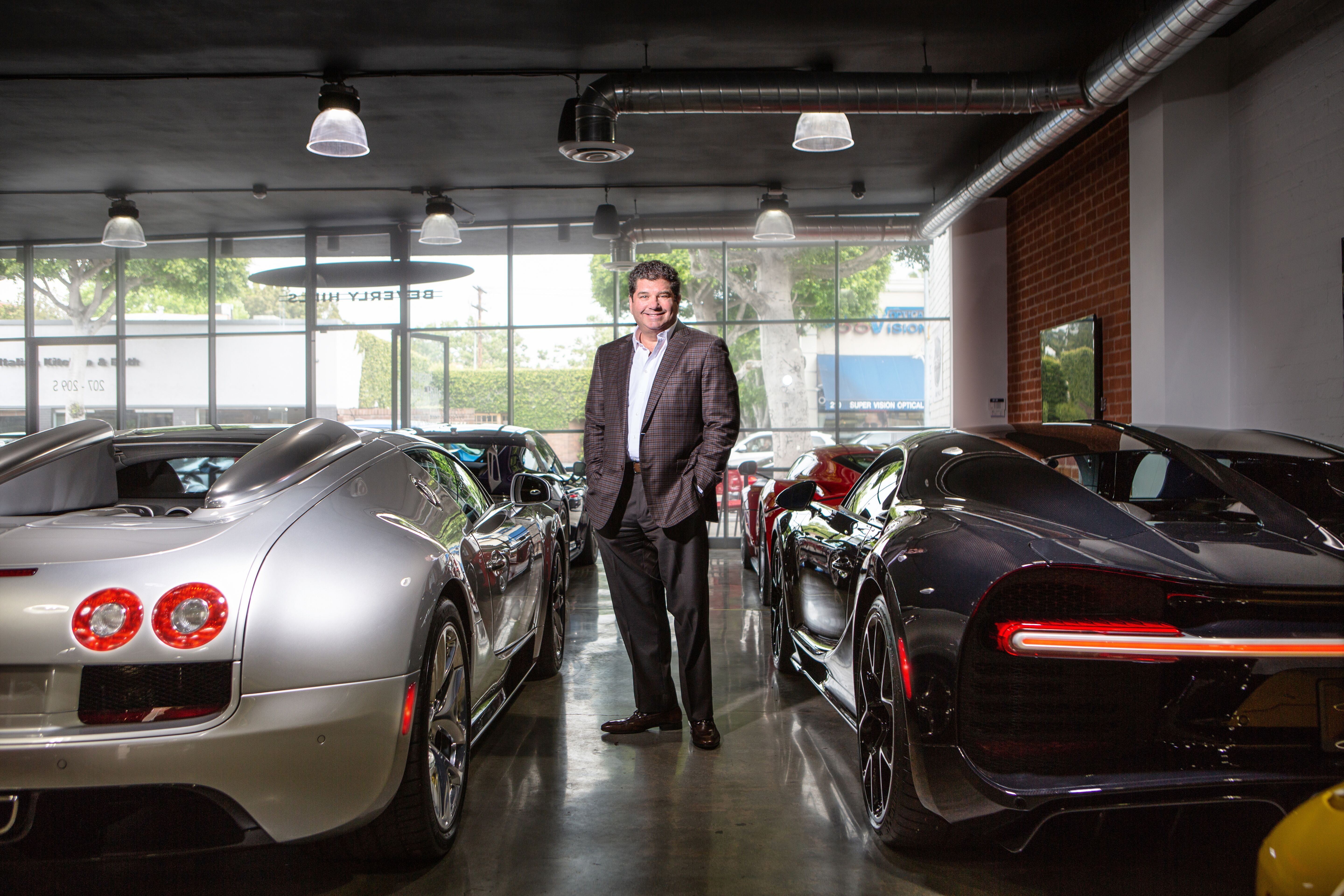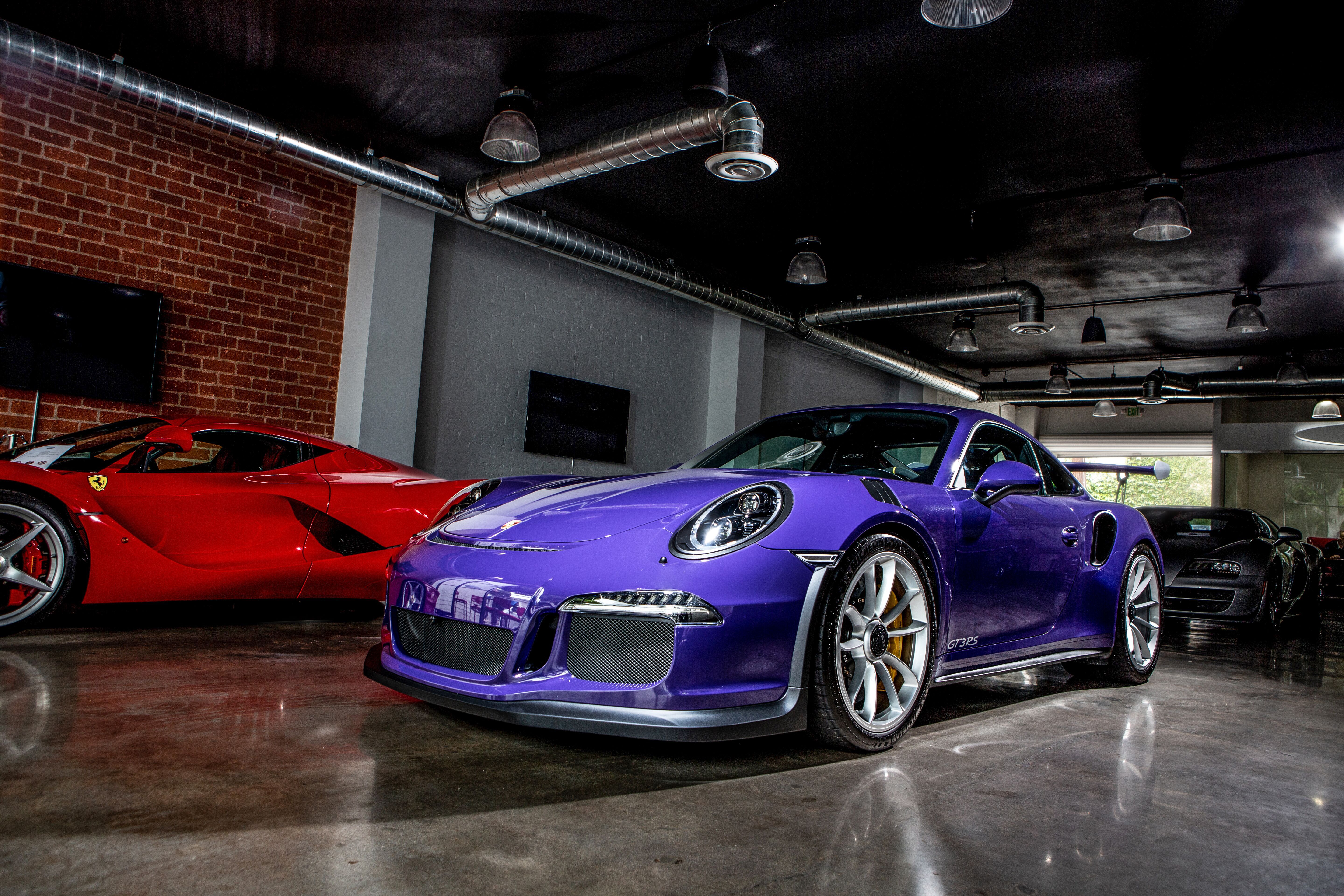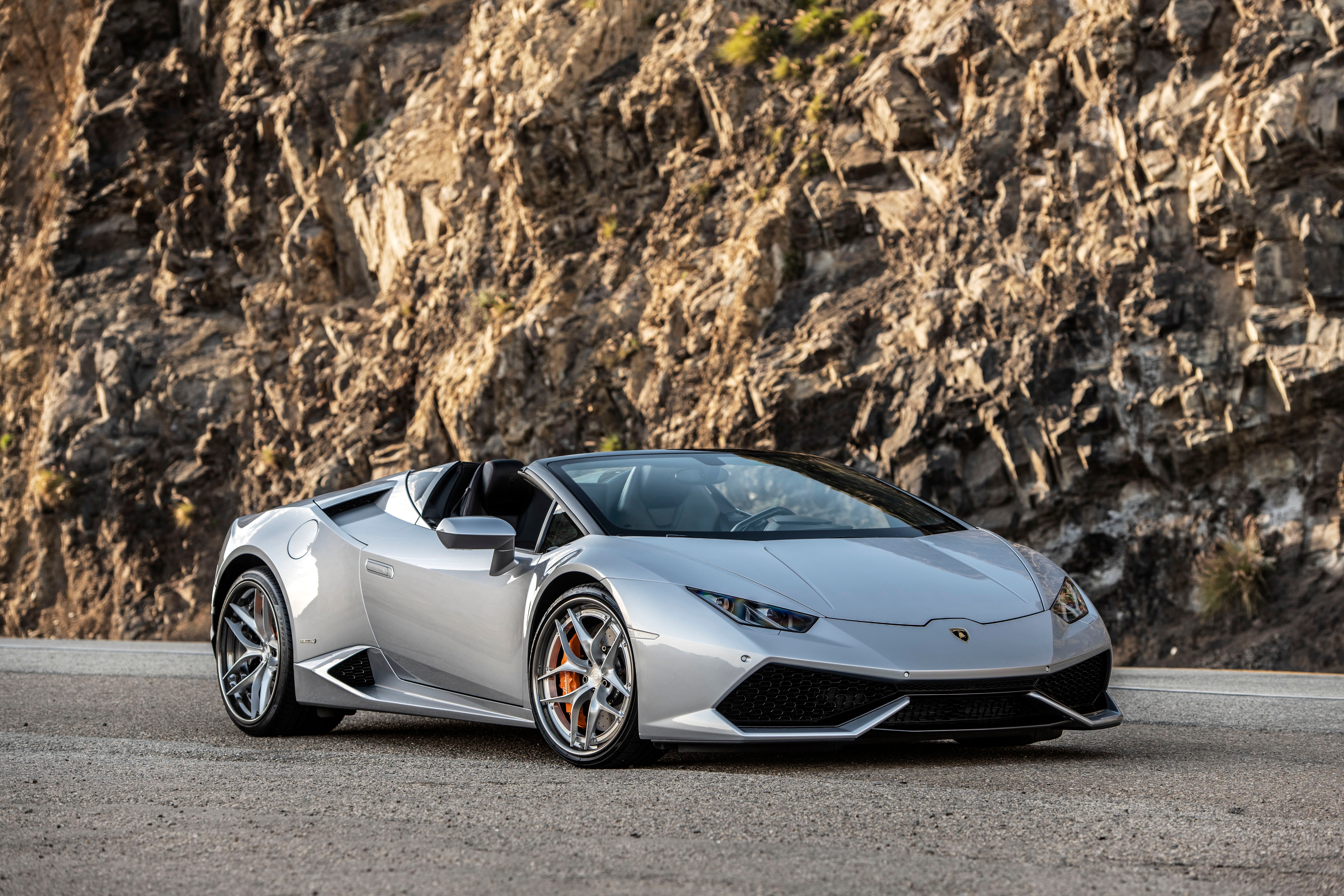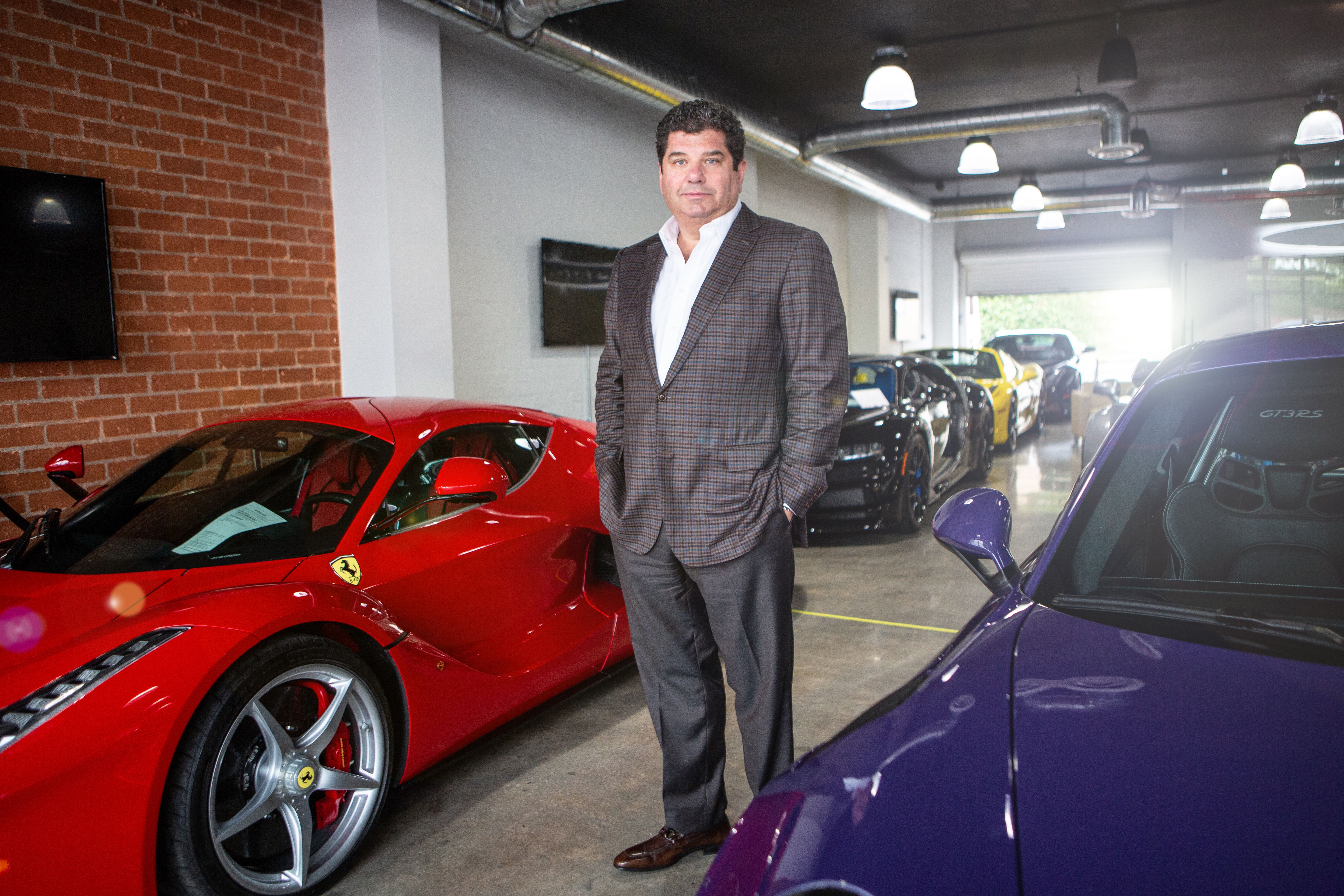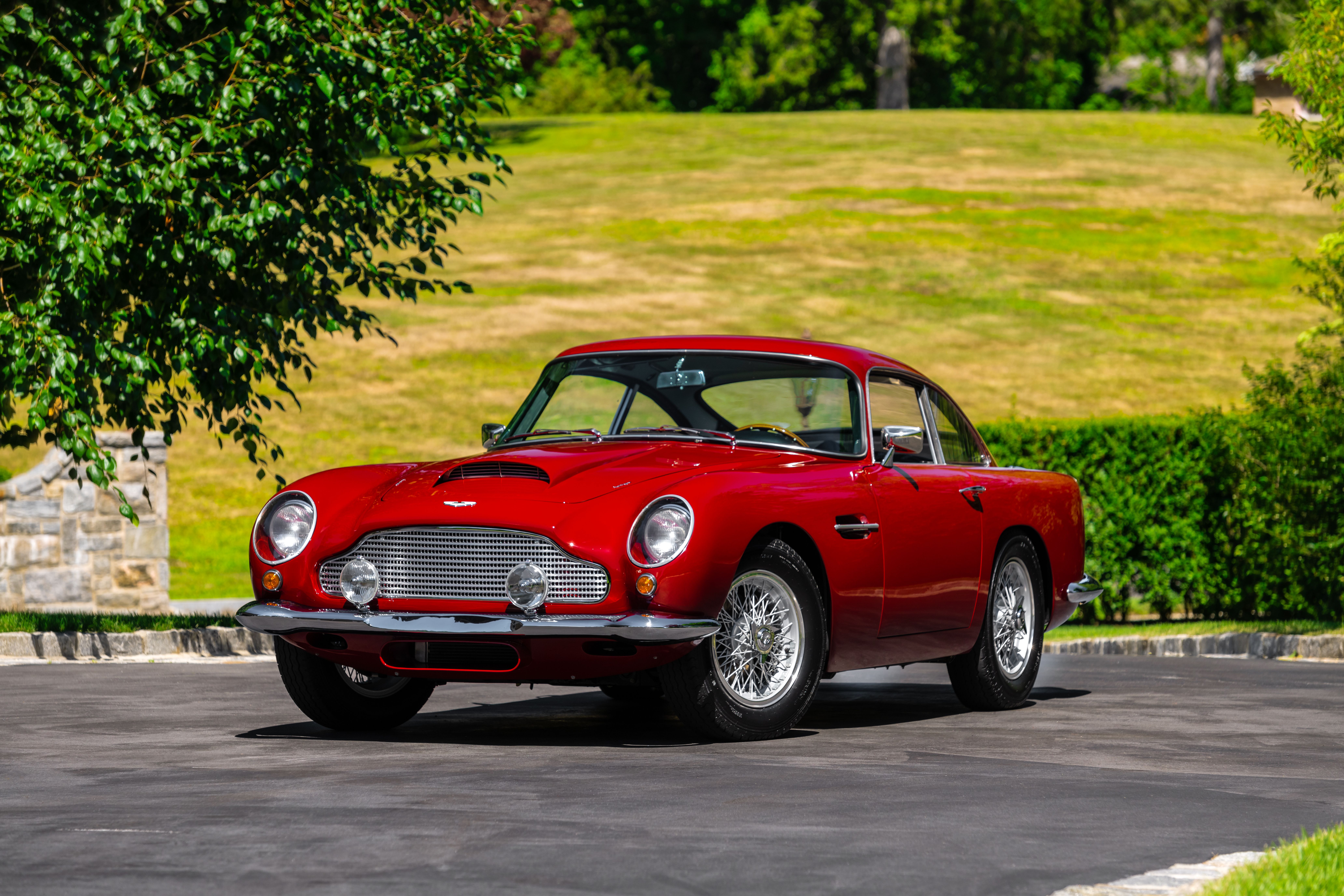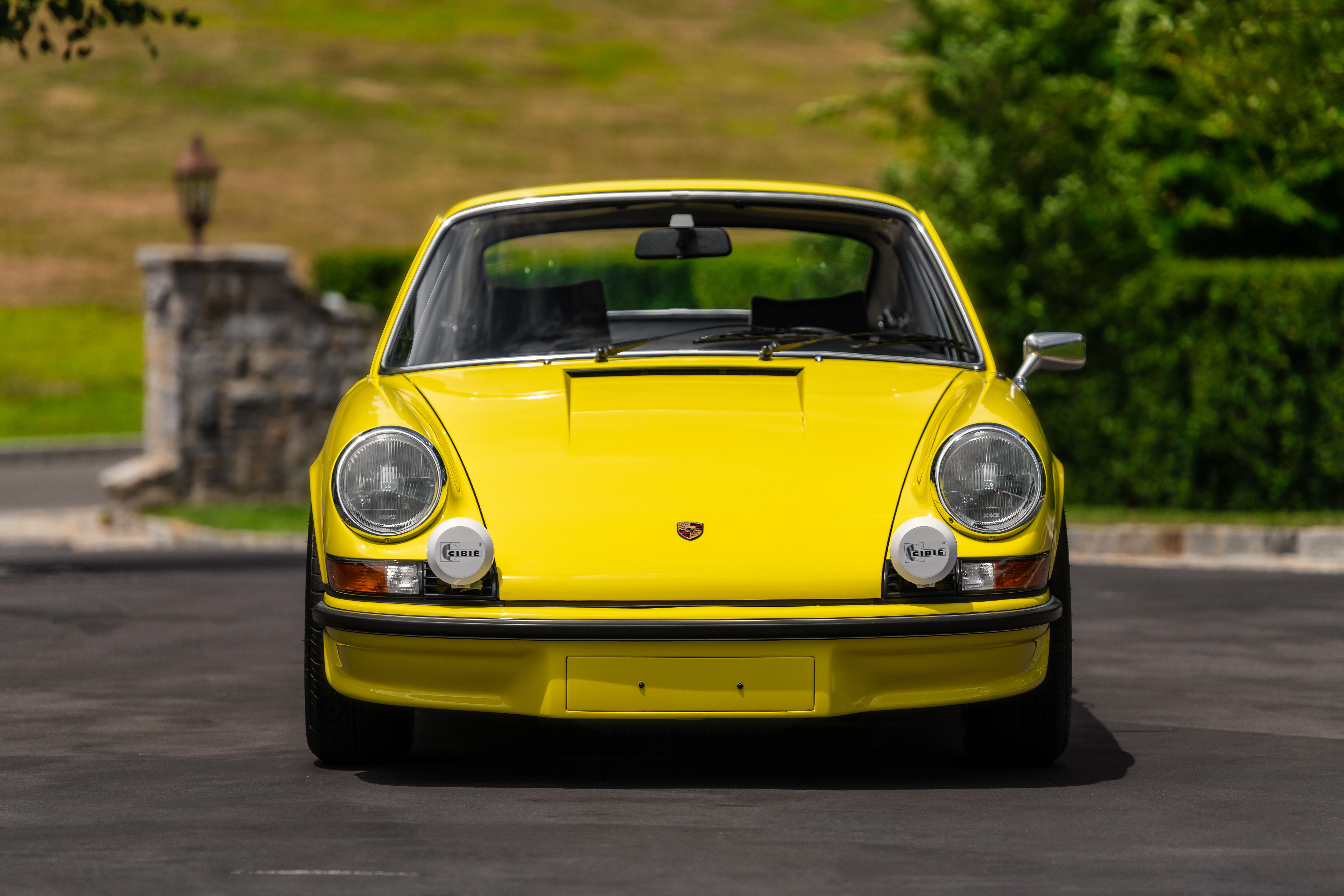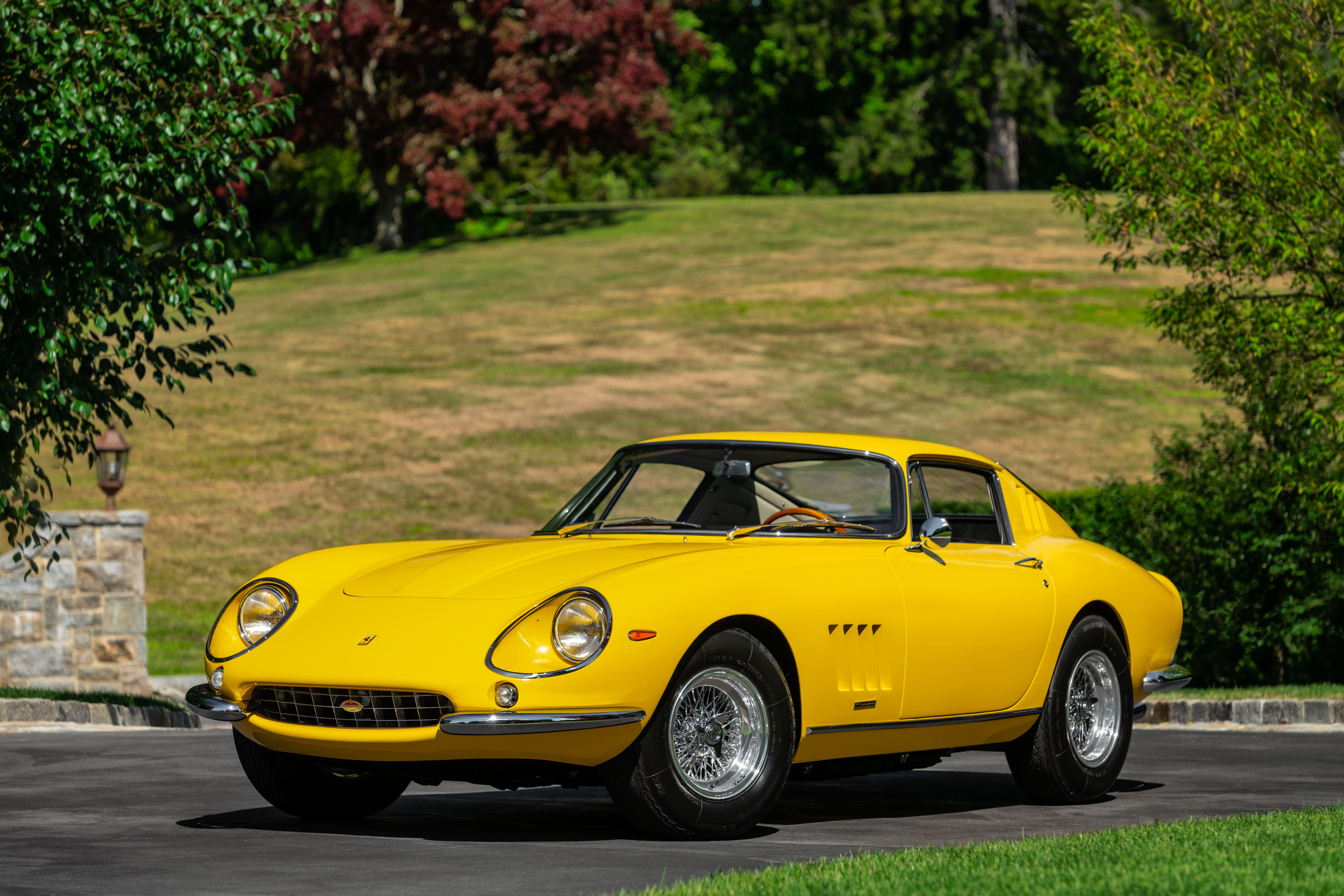The automotive landscape today is currently experiencing the sort of price trends that we’ve never seen before. While the exotic and classic auction car markets are no strangers to sky-high prices, even bread, and butter cars these days can cost you a pretty penny with buyers having to deal with astronomical prices be it for new or used cars. While buying a car through the more traditional route of cash or finance is one way of going about it, leasing remains another solid option.
However, not many people are aware that it is actually possible to lease exotic or pre-owned vintage and classic cars like a Ferrari Dino or an old Aston Martin DB5. So, here's the deal, exotic car leases are a real thing, and its a big business. The leasing model offers several benefits and it particularly makes more sense when you’re looking at the upper echelons of the market. I recently got a chance to get in touch with Steven Posner, CEO of Putnam Leasing, who gave me an insight into the leasing industry and how it can be a useful tool for someone looking to build an exotic car collection.
Overview
Now before we get started, let me give you a quick rundown on the two dominant types of leases used in the auto industry, each with its own pros and cons.
- Closed-ended leases
- Open-ended leases
Closed-Ended Lease - A Lease to Use
The more common type of lease that you get on mainstream models like a Corolla or a Civic is what’s called a closed-ended lease. These kinds of leases are mainly offered on brand new or almost new vehicles. The closed-end lease is made up of the MSRP, monthly payments for the duration of the lease and a predetermined residual value, and a tax element. The residual value is what a manufacturer thinks the car will be valued at the end of the lease.
Now the benefit here is that if the value at the end of the lease term drops below the residual value, the consumer is protected as they are entitled to that pre-determined value. Having said that, one of the drawbacks of a closed-ended lease is that you have mileage restrictions, but then, of course, you can pre-purchase miles as well. In the end, this is a lease to rent or use.
Open-Ended Lease - A Lease to Own
Now on to what’s called an Open ended lease, which is what we'll be focusing on here. Open-ended leases have their origins in farming. It was an instrument used to buy expensive farming equipment costing hundreds of thousands of dollars. Exactly the sort of money that luxury and exotic cars also tend to operate in.
It's more like a balloon loan, which the customer is responsible for and there is a residual at the end of the lease. The residual value is a function of the lease that is presented to the customer. A lot of it depends on the car. A Ferrari F40 for example is worth $3.5 Million. There’s no way that it's ever going to be worth less than $1 Million.
With this model, the lessors like Putnam Leasing have a lot more flexibility and can come up with a tailor-made lease agreement for customers. Here, you don’t have any mileage restrictions and the residual value of the vehicle is calculated on a case-to-case basis, based upon which your monthly payouts are calculated. It’s more like a lease to own, unlike a lease to use and return the vehicle.
Leasing vs Buying
Now that you have a grasp on the types of leases, let’s look at the main difference between buying vs leasing a car. Here are some of the benefits that an open-ended lease offers as opposed to financing a vehicle. Now if you’re looking to finance an exotic car or a collector car, you can sometimes have valuations north of a million dollars, and the chances of a bank lending you the money directly is very low.
According to Steven Posner who joined Putnam Leasing back in the early 80s, if you want to go with a really expensive car and you find a bank that is willing to finance the car, you still have to put all the sales tax up front and the bank will report this to your credit bureau, saying that you have 'x" amount of dollars on an automobile loan. This is not so good for certain high-net-worth individuals who don’t want to have such an asset on their books.
When you lease a car it is a leasing company like Putnam that borrows the money from one of the 11 banks that they do business with. So it will not show up. They borrow the money and lease you the car. You don’t borrow it directly from the bank.
The interest rates on lease programs are also far lower than what you’d encounter down the finance route. Steven adds that although rates have gone up, money is still pretty cheap. Having been in the leasing business for over three decades now, he remembers the time back in the 70s and 80s when interest rates were as high as 18%. Right now effective rates are 6-7%.
Another benefit of leasing is that you don’t have to pay the entire sales tax upfront. That’s right, unlike financing or buying where you have to deal with the entire sales tax upfront, with a lease, you only pay the sales tax for the duration that you keep the car.
Steven gave me an example. Say you’re living in a state like California and you’re looking buy to a car worth a million dollars, along with an upfront sales tax of anywhere between 9.5-10 percent, you’re looking at an overall cost of $1.1 Million.
With a lease in the state of California, the Sales Tax is paid in monthly installments. So if your payment lease is $20,000, with the sales tax, you can expect to pay around $22,000 a month. So only pay for the duration and the term that you keep the car.
The same also holds true for some other states like Florida, Connecticut, and Massachusetts. With an open-ended lease, your sales tax is paid incrementally as opposed to all upfront, and it really makes a difference on a truly expensive car. Here’s the Federal Trade Commission highlighting the differences between financing and leasing a car.
Leasing - A Fantastic Way to Build A Collection
One way that you can use the open-ended leasing model is to build a collection of cars. You can leverage the capital available to own more vehicles. If you’re picking out the right vintage or classic cars for example vehicles that are appreciating in value, you've now got two or three or even four vehicles that are going up in value. At Putnam, for example, they cover a broad spectrum of cars ranging from as low as $50,000 cars all the way running into the millions.
They can also construct an open-end lease where the costs associated with something like a modern-day Bugatti or ultra-rare Pagani, can be shared and split between partners.
Leasing as a tool gives you the flexibility to that retain liquidity and make better use of it, sometimes allowing you to deploy and enjoy more than one vehicle. Not only do you get to hedge your risk by having money deployed in a number of cars, but you also get to ride the wave of appreciation on some of these exotics.
According to Steven, he’s got many customers who started out with a small portfolio and built their way up to now owning multiple cars. It's all about building good credit over time to enable customers to access more capital.
Also, unlike banks which might turn away some high-income individuals from borrowing money because they don’t have the best credit history for missing out on a few cable or credit card payments, lessors like Putnam are willing to look past that.
Today’s Collector Car Market
Steven also touched upon how cars, just like art can be a fantastic alternative asset class. 10 or 12 years ago, anyone would be insane to get into super rare cars as a real investment, but when you look at the Porsche market as an example, a gold standard of the industry, the valuations are so firm. Putnam is the finance and leasing arm for the Gooding auction.
He said that he was really uncertain about how things would fare at this year's auction given the state of the economy. He predicted a bloodbath, outside of the top cars going for top dollar.
However, Steven said that he was so wrong. Everything sold. It all comes down to cycles. When the stock market is not good, people want to pull out and put it in an asset and one of which happens to be something like a super rare automobile. Is it risky? Yes.
But unlike a stock that can go down in a matter of a day or two, with the value of a car, it usually takes a little bit of time. Plus there’s also the novelty of having the ability to drive and enjoy these cars over the weekend.
To Sum It Up
So to summarize, here are the benefits of an open-ended lease:
- Cheaper than Finance
- No Mileage Restrictions
- Lower Interest Rates
- Sales Tax paid incrementally
- Not Reported to Credit Bureau
- More liquidity
- Can be used as a hedging tool
The open-ended leasing model assists people in helping people acquire the car of their dreams. You see not everyone out there, even with an excellent credit history, has the disposable cash required to write a cheque for hundreds of thousands of dollars to put into an exotic automobile. This is a very inefficient way to use capital as it hampers your liquidity. The leasing option as some lucky people have found out can be exploited to their beneift.

